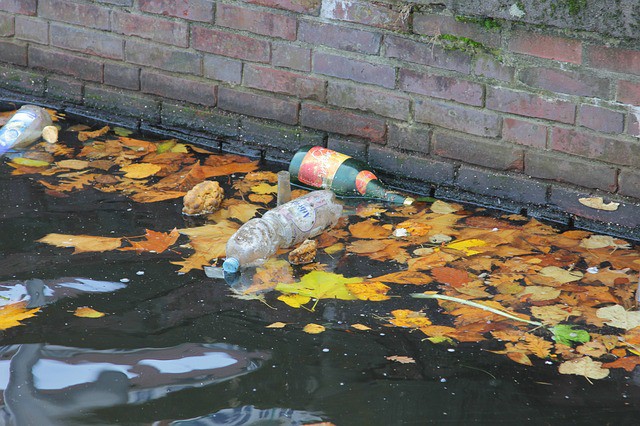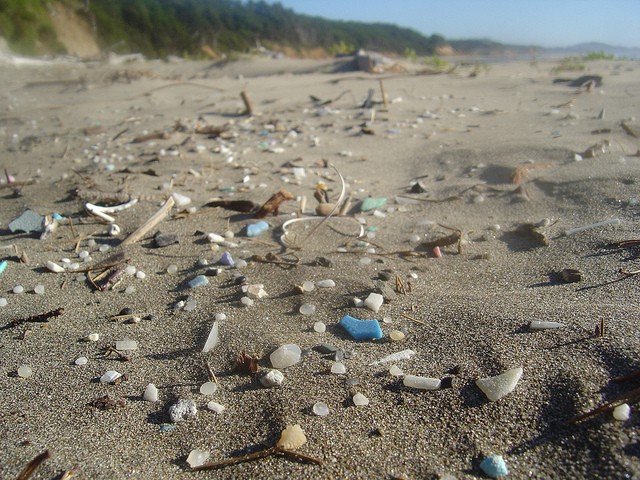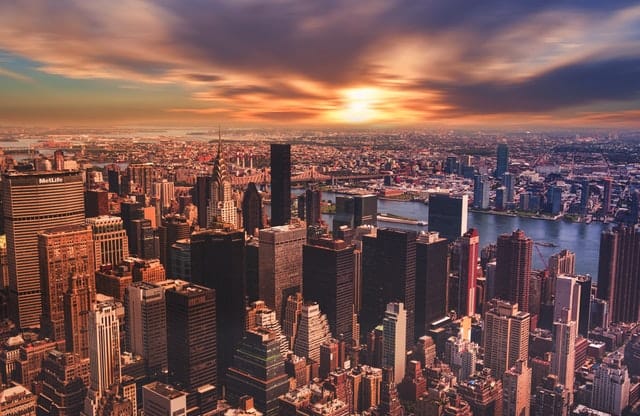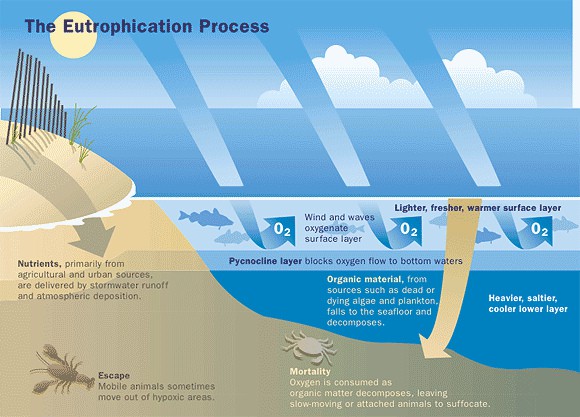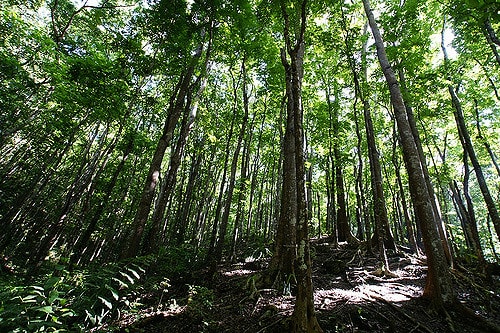Various Causes of Plastic Pollution

The reckless dumping of plastic waste is yet one of the environmental topics that has attracted the attention of many conservationists and nations. A 2014 report by the World Bank indicated that the municipal solid waste is doubling at an astonishing rate, much of which is categorized as single-use plastic items.
Plastic is almost everywhere, and the growing rate of plastic pollution is even worsened due to the rising consumption and population growth. Plastic pollution has increasingly becoming a major nuisance and poses significant threats to the entire environment leading to land, air, and water pollution. Plastics also impacts the natural environment and has grave consequences for humans, wildlife, and plants since they contain numerous toxic compounds.
These are the main causes of plastic pollution.
- Plastic is Used Almost Everywhere
Plastic are the most affordable and easily available items in the current world. Plastics are cheap and easy to make and are equally durable. They also get discarded easily. These qualities are the ones making plastics a huge pollution menace. Plastics are used as packaging materials, in home utilities, plastic bottles, straws, plastic paper bags, cans, and the list goes on.
Whenever they are disposed, they take hundreds of years to decompose and their continued stay in the environment does great harm. When burnt it pollutes the air, when disposed in the landfills it causes land pollution, and when dumped into the water it pollutes the waters eventually leading to other secondary impacts.
- Urbanization and Population Growth
Increasing urbanization and population growth rate is considerably accountable for plastic pollution. With the increase of population and urban growth, the demand for cheaper and readily available materials increases. In the first decade of this century, for instance, more plastics have been made than any other plastic manufactured in history simply due to rapid urbanization and rising consumer demands. In most urban areas, plastics form the greater part of the landfills and constitute about 80% of all the municipal waste.
- Plastics are Cheap and Affordable to Manufacture
Because plastics are the cheapest and most affordable materials to manufacture, their production has tripled in the recent decades to take care of the ever rising consumer demands. Because of this quality, plastic has been used to make almost every single utility including plastic water bottles, plastic cans, straws, plastic paper bags, packaging wrappers, carton linings, food containers, lids and the list goes on and on. Plastics may be cheap and affordable to manufacture, but in a similar manner, it leads to a heavy toll on environmental pollution.
- Reckless Disposal
As stated earlier, plastic are among the easily disposed items due to their lightweight and use period. Take for example plastic paper bags, wrappers, plastic water bottles, straws, and food containers. The use period of these items is very short. Therefore, after getting the essential item, most people don’t see the need of keeping the remaining plastic.
After all, when we go back shopping, we’ll definitely find another plastic water bottle, straw, food container or plastic packaging. So, we are quick at disposing the used plastics since we see no need for retaining or reusing them. This is the culture that has increasingly worsened plastic pollution because eventually it ends up disposed somewhere in the bins and on the roadsides or aimlessly discarded in the landfills.
- Slow Decomposition Rate
Plastics take hundreds of years to decompose because they have strong chemical bonds that simply make them last. The simplest plastics such as the ones used in grocery stores take at least 50 years to break down while the complex ones take between 100 and 600 years to decompose.
Plastic bottles and disposable diapers, for example, take up to 450 years to decompose whereas plastic fishing lines take more than 600 years according to the marine conservation reports. EPA also stated that “every bit of plastic ever made still exists.” On this regard, it means that as long as new plastics will continue to be manufactured, they will persist to exist throughout the planet contributing to plastic pollution.
- Marine Shipping and Fishing Industry
The shipping and fishing industry also contribute to plastic pollution, especially in the oceans. Remote rural beaches tend to have plastic rubbish washed to the shows which come from the ships, sea accidents, and from the nets used for fishing which is usually made of plastic. These plastics leak toxins into the water which affects marine wildlife in various ways and can also be ingested by the marine creatures. Once in the water, the plastic debris takes years to decompose, adversely harming marine wildlife and even killing them when ingested.

